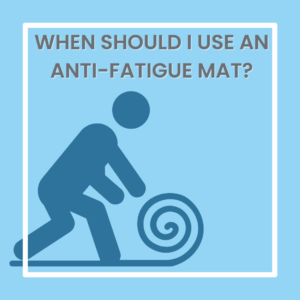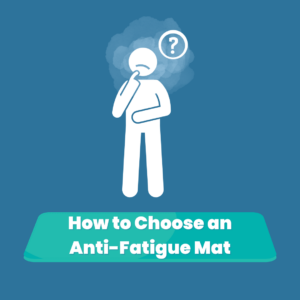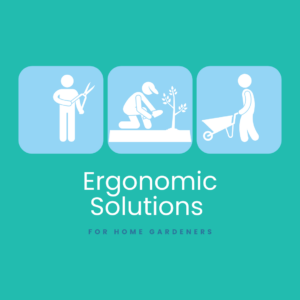Updated: Dec 8, 2023
3 Shoulder Strengthening Exercises for Office Workers
Finding a few minutes outside of the office to help strengthen your shoulder muscles can greatly improve your day at work. Some of these exercises can help improve your posture as well which also leads to a more successful day all around.
Start by adding 3 shoulder strengthening exercises to your workout routine. You will find better results with 3 repetitions versus only 1. If you are limited on time, 1 repetition is better than none.
As a reminder, do not complete any of these exercises if they cause pain or discomfort. Talk to your healthcare provider first if you have a compromising health condition. Below are three shoulder strengthening exercises with directions that would be ideal for office workers.
Improving your shoulder strength is a journey that requires consistency and conscious effort. By incorporating these exercises into your daily routine, you can strengthen the muscles that support good posture, and reduce the strain on your body. Remember to listen to your body, start gradually, and seek professional guidance if you have any underlying health conditions. With time and dedication, you’ll develop a healthier you, exude confidence, and experience the many benefits that come with it. So, straighten up, stand tall, and embrace the positive changes in your body and well-being.
1. Single-Arm Bent-Over Row
This exercise helps to strengthen your: Rear deltoids, back, biceps, and transverse abdominals
Equipment needed: Dumbbell and Bench
- Place your left knee and left hand on the bench. Keep your left elbow straight.
- Extend your right leg slightly behind you, keeping your foot on the floor for support. Keep your back flat and spine in a neutral position.
- Hold a medium dumbbell in your right hand, with your arm reaching down toward the floor.
- Bend your right elbow, pulling it up and back so your upper arm is roughly in line with your lower chest.
- Squeeze your shoulder blades together at the top of the movement.
- Lower the weight with control.
- Repeat on 1 side for 10–15 reps before switching to the other arm. Work up to 3 sets.
Try to keep your trunk/core stable and avoid rotating during the movement. If not rotating is too difficult, try decreasing the weight or reducing your reps.
2. Standing Bent-Over Lateral Raise
This exercise helps to strengthen your: Posterior deltoids, middle deltoids, rhomboid, and middle trapezius
Equipment needed: None or a pair of lightweight dumbbells. Avoid heavy weight with this exercise as it can lead to an injury. Heavier weights can be used as you gain strength.
- Hold a pair of dumbbells, keeping your palms facing each other.
- Stand with feet shoulder-width apart, slightly bend your knees, and bend forward at the hips, keeping your back straight. Your elbows should be relaxed. Keep the weights together below your chest.
- Maintain proper shoulder position with your shoulders down and back. Not elevated up by your ears or rounded shoulders.
- Raise your arms up and out, as if spreading your wings, until they’re parallel to the floor.
- Squeeze your shoulder blades at the top of the movement.
- Lower the weights back to the starting position, slowly and with control.
- Use a weight that allows you to do 10–15 reps. Work up to 2–3 sets.
Aim to keep your head in line with your trunk during the exercise.
3. Y Exercises
This exercise helps to strengthen your: Lower trapezius, latissimus, and some of the erector spinae muscles
Equipment needed: None
- Stand with feet shoulder-width apart.
- Extend your arms, elbows straight, and palms facing one another.
- The starting position is slightly above your thighs slightly beyond the distance of your shoulders.
- Maintain the distance of your hands while raising your straight arm above shoulder height. Avoid lifting arms through their full range of motion where hands point to the ceiling.
- While engaging muscles, return arms to their starting position. Keep shoulders in a good posture with shoulders down and back.
- Aim for 10-15 reps and work up to 2-3 sets.
*Disclaimer*
Not all exercise is suitable for everyone. Please be advised that there are risks involved in participating in any exercise program. The instruction and advice presented here are in no way a substitute for medical counseling. Please consult with your doctor to determine if you are healthy enough to exercise.
To ensure your safety and obtain the maximum benefits of this program, do not force any of the exercises. Some of the stretches are extreme. Please go gently and be careful getting into them. If you feel pain, stop. DBA: Alter Ergo, assumes no responsibility for injuries suffered while practicing the techniques in this blog and video. Users perform the exercises at their own risk.
Check out our YouTube video below for a visual representation of the blog!
Jul 8, 2024
Jun 10, 2024



